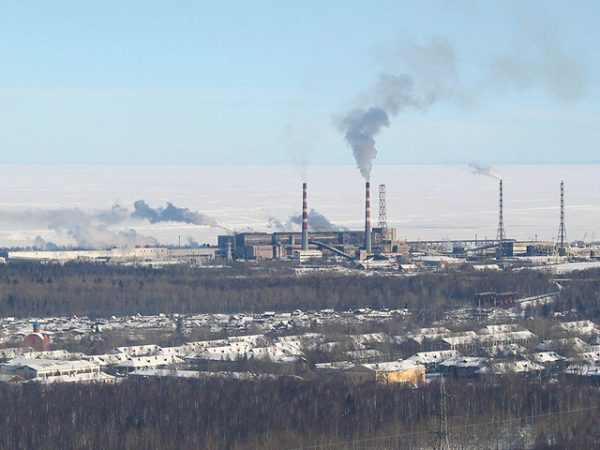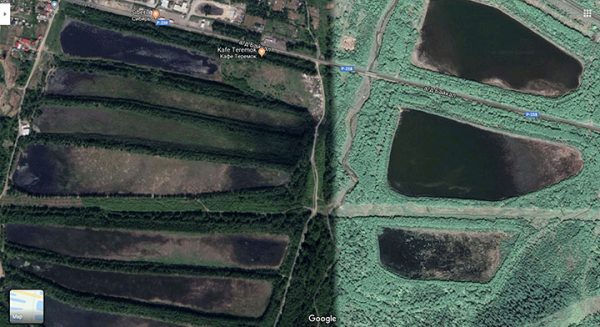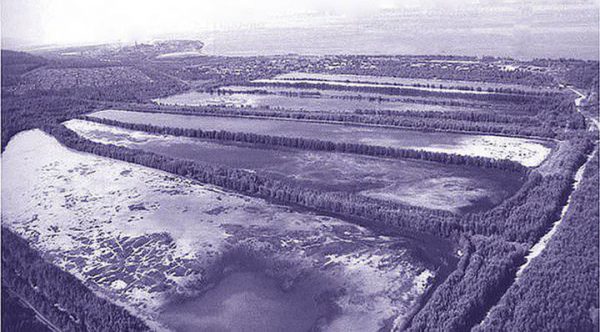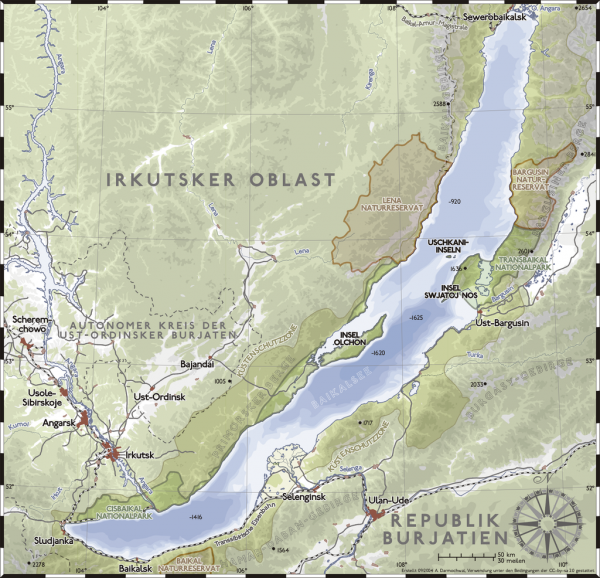Pure Waters of Lake Baikal in Danger From 6.5 million Tons of Toxic Waste
Although the nearby Baikalsk Pulp and Paper Mill was reluctantly closed by the Russian government in 2013. The almost 6.5 million tons of poisonous solid and liquid waste that accumulated during the 50 years of the mill’s operation has not been cleaned up.
Thirteen waste ponds that contain the toxic materials are dangerously close and flooding could easily push the waste into the lake.
Lake Baikal sits in the Irkutsk and Chita regions, Republic of Buryatia in the Russian Federation near the border of Mongolia. The lake has existed for over twenty-five million years and contains twenty percent of the world’s freshwater reserve.
The water is so clear that on a good day one can see over one hundred and thirty feet down into the melted glacial waters.

The lake sits on a tectonically active rift that slightly widens year by year and divers have found hydrothermal vents on the bottom that allow many of its species to survive the frigid Siberian winters.
The average depth is two thousand four hundred and forty-two feet and the surface area is about twelve thousand two hundred square miles, Smithsonian magazine tells us. The length is three hundred and ninety-seven miles and the widest point is forty-nine miles.
It has a coastline of one thousand three hundred miles and is home to twenty-seven islands, one of which has about one thousand five hundred human residents primarily in the village of Khuzir on the island of Olkhon.
Olkhon Island is the historical and sacred center of Baikal and is believed to be the home of many Baikal spirits and the burial place of Genghis Khan who ruthlessly conquered his enemies and eventually united the Mongolian Empire. According to legend his son still lives on the island as a white eagle.


According to Irkutsk.org, the wildlife species found in and around Lake Baikal include Siberian roe deer, reindeer, bear, elk, ermine, sable, wolves, wild boar and American mink imported from Canada.
Eighty percent of the over three thousand species that live around the lake exist no where else in the world including the Nerpa freshwater seal, the Golomyanka and the Omul fish which is considered a delicacy in the area.
There are at least fifty species of fish and over one hundred aquatic invertebrate types including fresh water sponges which provide food for the Baikal sturgeon; over one hundred types of mollusks that feed the grayling, the sig, the bullhead and the eel-pout; flat worms, protozoans, crustaceans and arthropods which help to keep the water clean.
The nearby forests boast the native Angara pine, larch, cedar, fir and spruce trees, some of which are over eight hundred years old. Along with beneficial algae, the lake supports thin reed, water buckwheat, sedge, hornwort and cattail.

The past few years have seen a marked increase of tourists in an area that is not yet equipped to deal with large quantities of people and is dealing with the threat of a highly reduced flow of fresh water into the lake if a projected dam is built on the Selenga River by the Mongolians. The impact on the ancient ecosystem could prove disastrous.
The Russian Pro Vice Chancellor for Research and Innovation has called for an assessment of the waste ponds and claims the risk is “clearly unacceptably high” but the Irkutsk Ministry of Emergency claims a recent inspection showed no threat to integrity.
Another Article from Us: Billionaire Donates One Billion to Help Save The Planet
JSC Rusgeology was hired to find a solution to the problem and according to siberiantimes.com, several local newspapers report that plans are in place to destroy the old mill.





